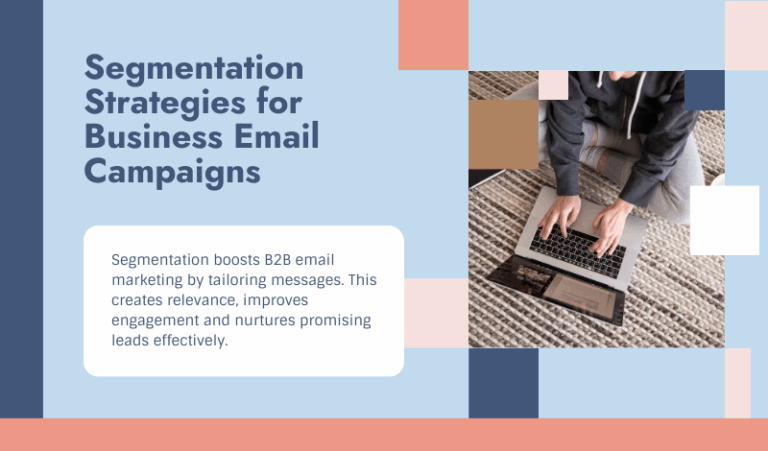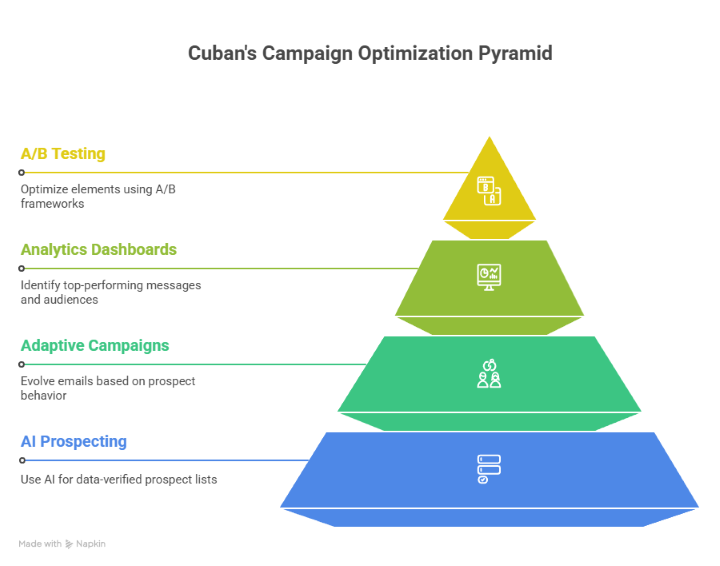
Google goes through hundreds of updates annually, making SEO a moving target for content creators. This year’s Google’s algorithm changes require SEO specialists to up their game and refine their marketing strategies. In our previous article, we explained that Google uses one algorithm for ranking sites in the first through fifth positions and a different algorithm for the sixth through tenth spots. Because Google has changed to displaying eight instead of ten listings on the first page, aiming for that top group is vital.
Search engine results page, or SERP, rankings are not determined by a single one-size-fits-all algorithm. Instead, Google weighs several factors, including your credibility, reputation, relevancy, URL age, “clean” code, hosting and Google Analytics data. Google uses information from Analytics accounts to measure the amount of time users with a specific search query spend on your site after landing on your page. You can also see that data in Analytics and use it to differentiate the phrases with the highest bounce rates from the relevant keywords that attract traffic.
If you want to improve your site’s standing with the new algo changes, you can’t rely on keywords alone. A combination of popular keywords, fresh content, relevant text, back-links, social media interaction, Google+ and reviews on sites like Yelp and Manta will make your site successful. The newest algorithm favors credible businesses that exhibit expertise. Quality content is key to any effective SEO strategy.
We’ve noticed that large retailers such as eBay, Walmart and Amazon get top rankings right before the holiday season as smaller merchants on the top page results suddenly get pushed to the second page. After the holidays, many of these rankings return to normal. That’s more than a striking coincidence. Major retailers that have the capital to invest can theoretically buy their way to the top of SERPs. Google is secretive about its algorithms’ specifics, but if this third algorithm is in place, then this strategy has less to do with content and relevancy than with a high bid.
The last Penguin algorithm takes content readability into account by filtering spam content. It measures the length of sentences and syllables per word to distinguish natural language from computer-generated or spun content. This algorithm also considers the keywords before and after a hyperlinked word. The debate on the success of shorter versus longer content has put a larger focus on readability metrics. Pay attention to your clientele and gear your content for your target audience to win approval from Google and your readers.
Google Analytics would be prohibitively expensive if you had to pay for it, but because it’s half of an equal exchange of information, you get this powerful SEO tool for free. Google gets your data and in return gives you free metrics. Use it to better understand your rankings, create relevant content and market effectively.
HELPFUL Links:
© Reach Marketing LLC 2014 All Rights Reserved.



